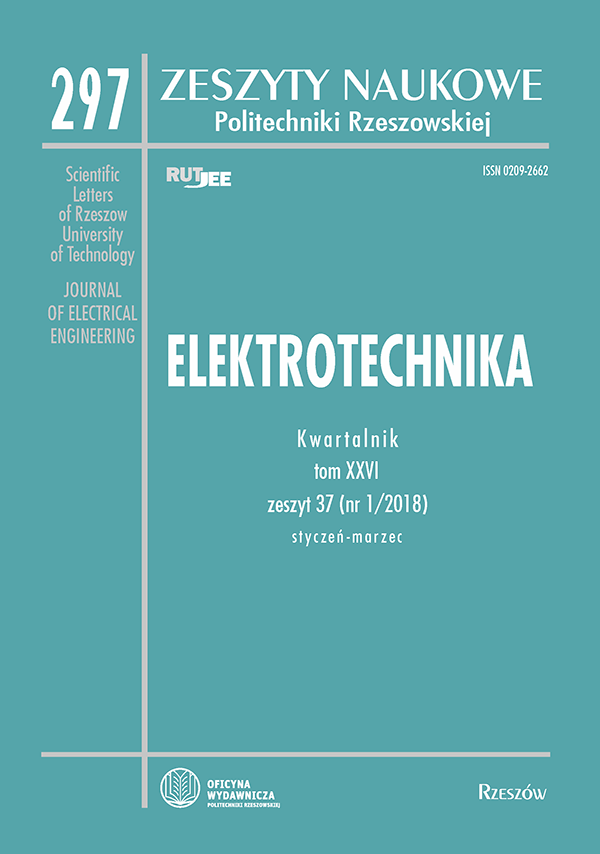Abstract
The paper presents an analysis of lightning overvoltages induced in the section of cable harness, located above the conducive metal plane, based on the presented results of experimental and computer studies. For the preparation of the physical model, typical wires and braided shield for aviation industry were used. The tests were carried out for various harness configuration. First of all, both the values of the resistive loads on both ends of the wires and the method of grounding the screen surrounding the selected wires were changed. In the unshielded wire of the same bundle, the lightning current was forced using a single impulse generator MIG0618SS with high accuracy and repeatability of generated disturbances. The overvoltages were transferred to the other wires of the line by capacitive and inductive coupling. Voltage and current waveforms at specific points of the system were recorded using a digital oscilloscope. The results of experimental research were the basis for verification of the computer simulation computation made in the CST Studio Suite 2017 software package. On the basis of the prepared 3D structure of the studied system, the program made it possible to obtain an equivalent transmission line model, used for later calculations in the time domain. Studies showed a clear and also the expected relationship of load configuration and the shield grounding method of the cable bundle on the shape and peak value of transients observed in the system. The differences resulted among other, from the degree of 3D model accuracy and the method defining the forcing current and parameters of the simulation. It is planned to use the presented software in further work on the analysis of lightning induced signals in electrical and electronic systems.
References
[2] K. Filik, G. Masłowski: Analiza przepięć indukowanych pochodzenia atmosferycznego w systemie nawigacyjno-komunikacyjnym statku powietrznego, Przegląd Elektrotechniczny, R. 92, Nr 8, 2016, s. 263-267.
[3] P.R. Clayton: Introduction to Electromagnetic Compatibility, Second Edition, John Wiley & Sons, Inc., 2006.
[4] H.W. Ott: Electromagnetic Compatibility Engineering, John Wiley & Sons, Inc., 2009.
[5] F.A. Fisher, J.A. Plumer, R.A. Perala et al.: Lightning Protection of Aircraft, Lightning Technologies Inc., 1990.
[6] CST Computer Simulation Technology GmbH: CST STUDIO SUITE® help documentation, 2017, http://www.cst.com.
[7] H. Kaden: Wirbelströme und Schirmung in der Nachrichtentechnik, Springer Verlag, 1950.
[8] F. Hiedler, J. Cvetić: A class of analytical functions to study the lightning effects associated with the current front, European Transactions on Electrical Power, Volume 12, Issue 2, Version of Record online: 22 MAR 2007.
[9] F. Heidler, Z. Flisowski, W. Zischank, Ch. Bouquegneau, C. Mazetti: Parameters of lightning current given in IEC 62305 – Background, experience and outlook, 29th ICPL conference, 2008, Uppsala, Sweden.





